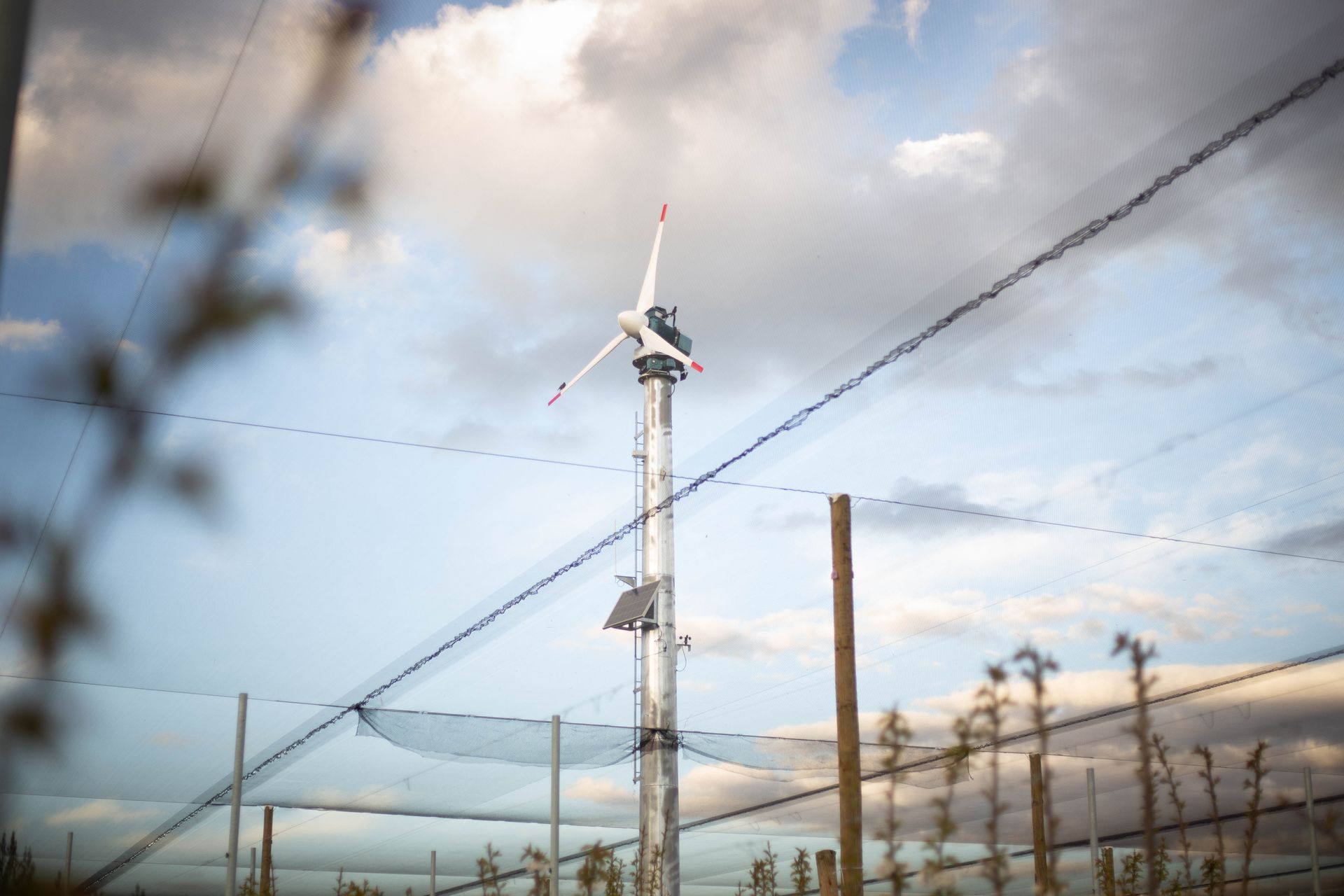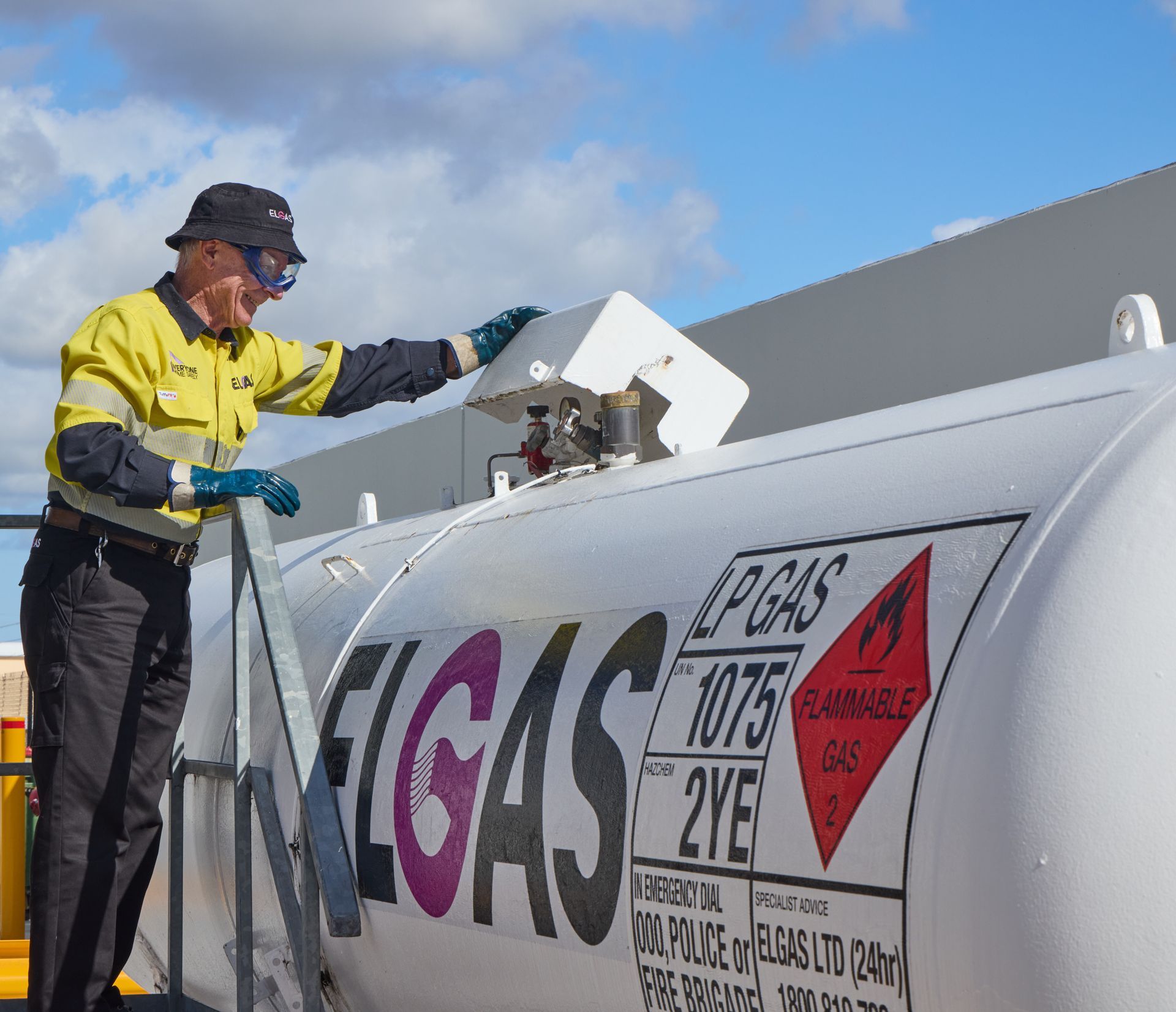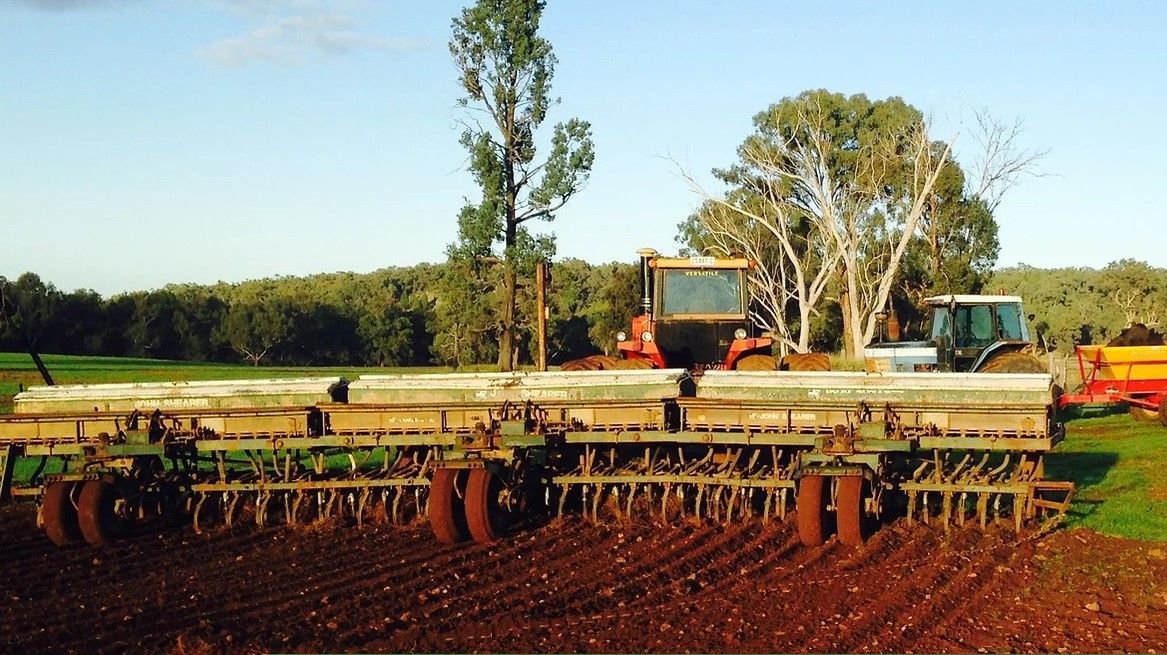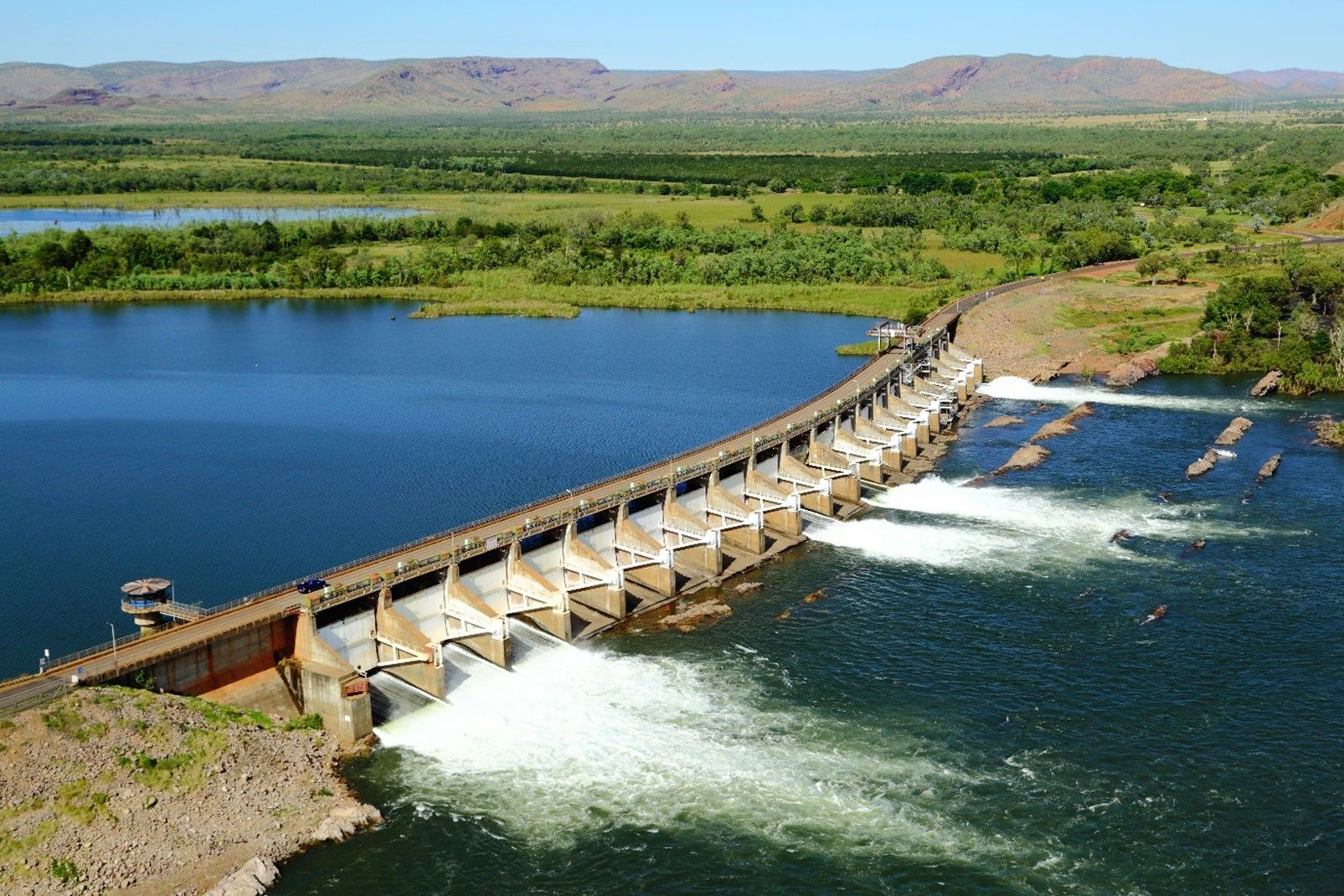1MG FlippingBooks
Sustainability
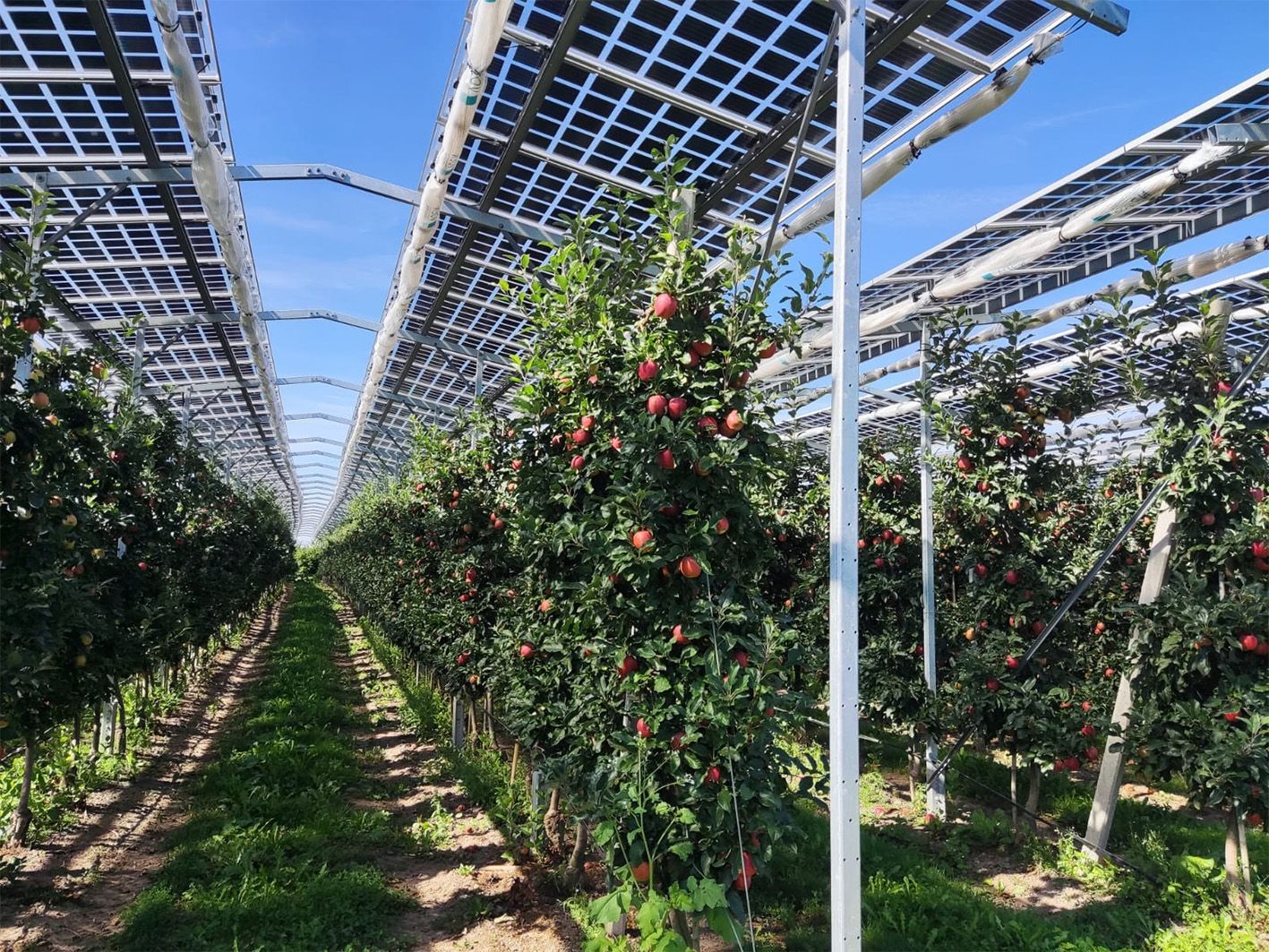
As solar energy projects rapidly expand across the regions of Australia, a new approach is needed to balance clean energy development with the preservation of farmland, community support, and long-term benefits for farmers. Agrivoltaics, the combining of farming and solar panels on the same parcel of land, offers a promising solution.

As Australia’s climate becomes increasingly unpredictable, the agricultural sector is looking for ways to reduce its carbon footprint while diversifying income streams. Carbon farming and emissions reduction offer opportunities for Australian farmers to diversify their income and contribute to environmental sustainability.
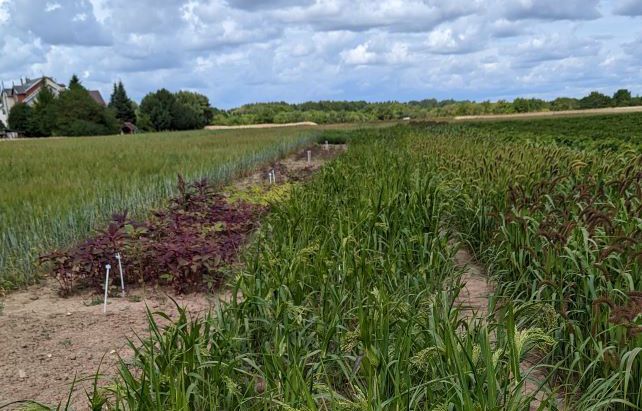
A recent study published in the international science journal Scientific Reports explores how pre-industrial communities in north-eastern Europe adapted their farming strategies in response to climatic shifts over the past two millennia. The research highlights how these early farmers mitigated risks associated with crop failures by strategically selecting and cultivating buffer crops. With climate change bringing more extreme weather conditions, including prolonged droughts and heat waves, Australian farmers could gain valuable insights from these historical strategies to enhance productivity and profitability in modern agriculture.
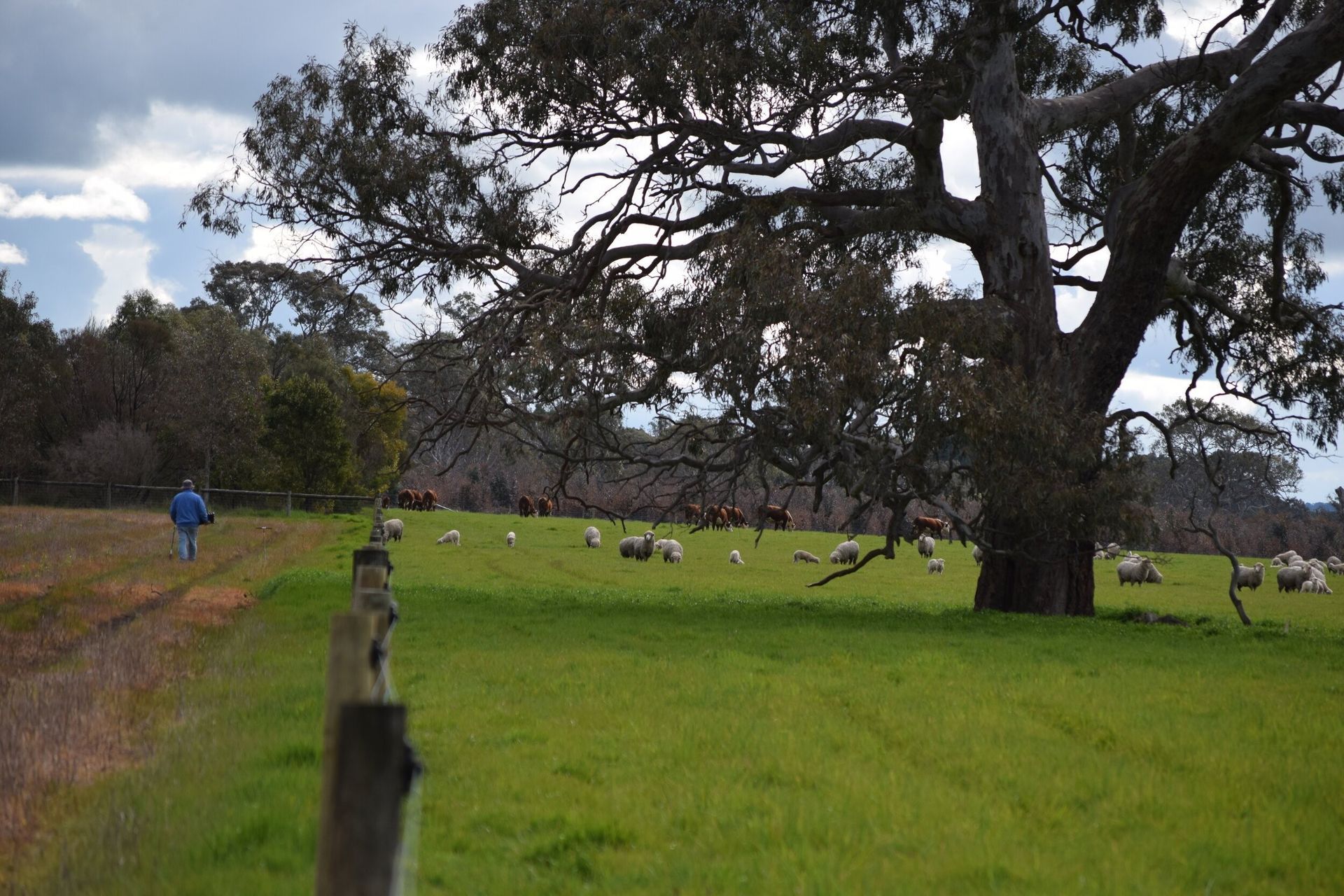
Known for having achieved his goal of running his farm at carbon zero only to revert to a carbon-emitting model, Mark Wootton is one to watch within his niche – a case study for many progressive farmers. In a recent conversation, he shared his insights into managing carbon on the farm and the key things farmers need to know as the trajectory shift towards carbon zero continues.

